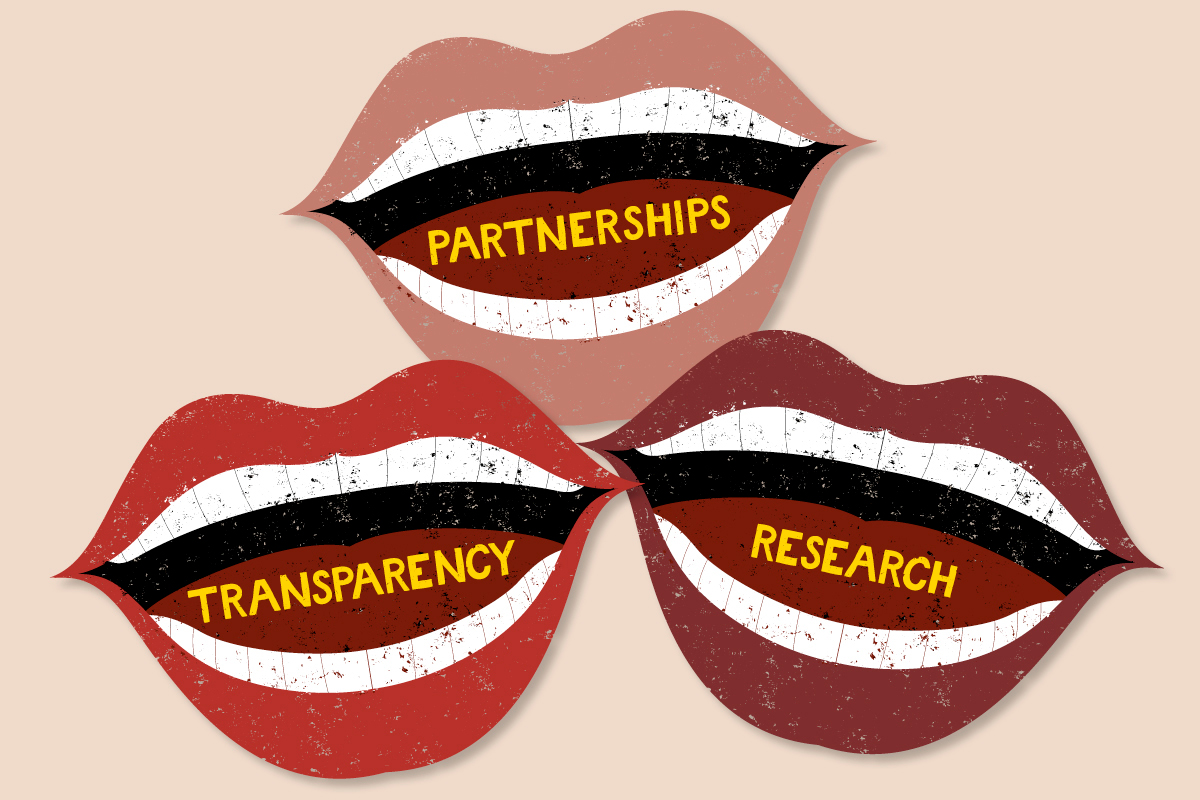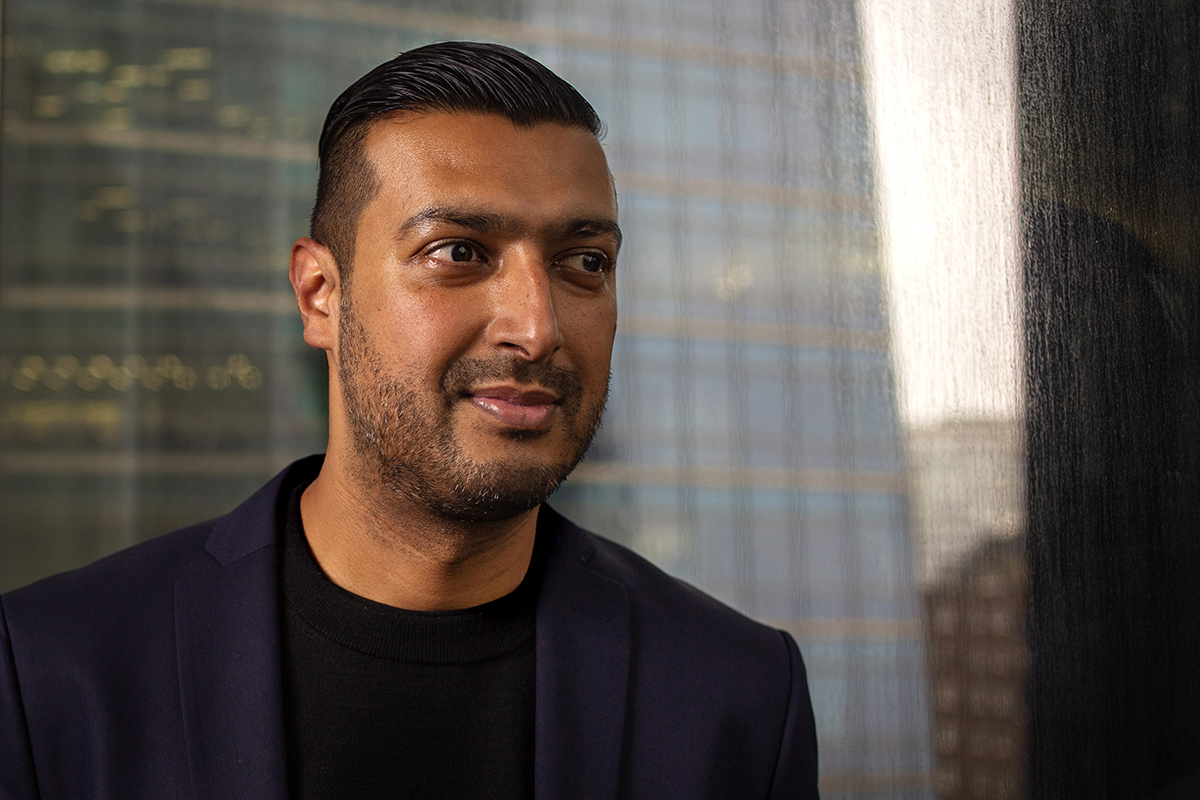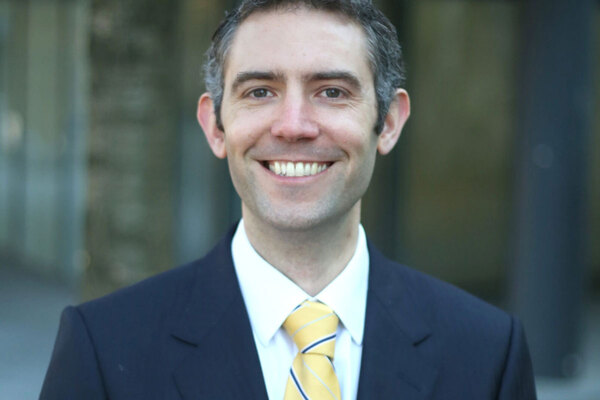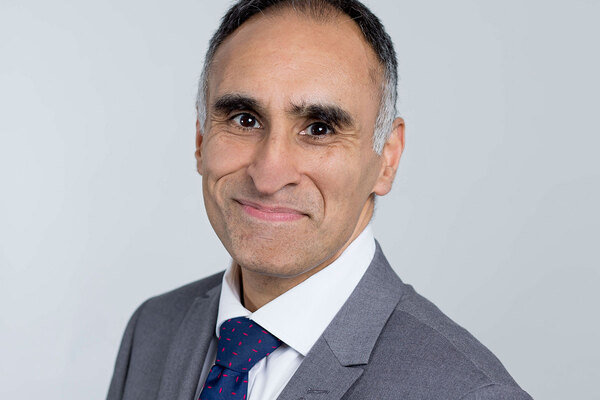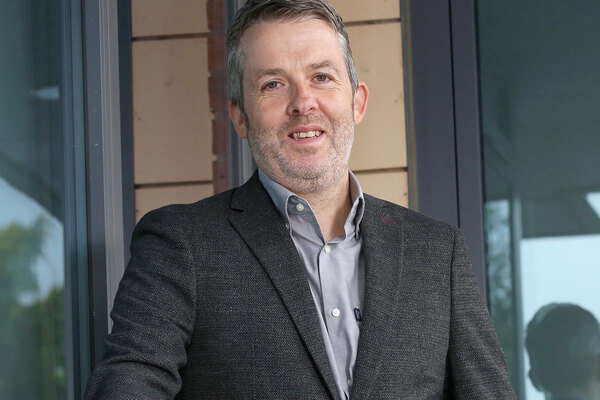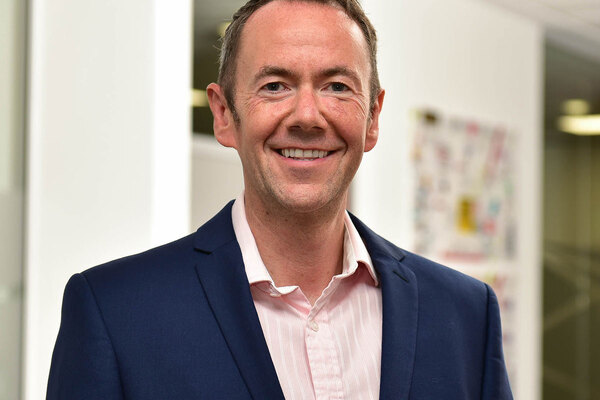You are viewing 1 of your 1 free articles
Domestic abuse: not just a tenant issue
Three housing staff share their experiences of domestic abuse with Jess McCabe, and we ask what social landlords can do when they find out employees are victims or perpetrators of abuse. Pictures by Getty and Tim Foster
This year has been an education for the housing sector, after Alison Inman made domestic abuse a key plank of her presidency at the Chartered Institute of Housing.
Yet much of the conversation to date has focused on tenants, as landlords grapple with questions like: how can landlords identify tenants at risk? And how can they ensure victims don’t lose their tenancy if they have to flee an abusive relationship?
But domestic abuse affects the whole of society, and casts a shadow over housing professionals as much as it does tenants. To demonstrate the reality of this, Inside Housing spoke with three housing professionals about how domestic abuse has impacted them. These individuals are from different parts of the sector, at different stages in their careers.
We also provide some practical guidance on how social landlords can make sure they are prepared if – and when – they find out that a staff member is experiencing abuse.
Alan, housing association IT manager
Alan* works as an IT manager for a housing association. For 20 years, his ex-wife was emotionally and physically abusive, and it was only after their children had grown up that he managed to leave the relationship.
“It got really bad about five or six years ago, and I went to the police [for the first time]. It was the worst thing I did. They weren’t up to speed on male victims and the situation got 10 times worse.” Due to lack of evidence, the police released Alan’s ex-wife, putting him at greater risk.
Then in 2016, it came to a head again. “I was getting hit every night,” Alan recalls. One day, after a fight Alan’s ex-wife locked him out of the house. “I came to work in shorts and a T-shirt. Someone very kindly got some money and I went and bought some clothes and got changed in the toilet. I had to go to my bosses and tell them what was going on,” he says. “I went to the police and they called her in for questioning. They told me to go somewhere safe for a couple of days.”
Alan went to stay in another part of the country with family, and in the end he was there for five weeks before the police told him he could go home. His housing employer let him work remotely. “They’ve been really supportive,” he says.
“I came to work in shorts and a T-shirt. Someone very kindly got some money and I went and bought some clothes and got changed in the toilet.”
But when he got back, there were more weeks of waiting – with Alan stuck living in the house with his abusive partner – before the police charged her. “There are refuges for women, but there’s practically nothing for blokes,” he says.
One of the hardest things has been that their children don’t accept what happened, and haven’t seen Alan in two years. His former wife was always careful to conceal her coercive and abusive behaviour. “They just don’t understand it. The police have spoken to them and said I didn’t do anything wrong,” he says. Alan hopes they will come around one day.
During the wait for the case to go to court, Alan had a mental health crisis, which meant that he couldn’t work. Again, his employer was sympathetic and kept the job open for him. His ex-wife was subject to a 12-month restraining order.
Eventually Alan was able to ease back into work.
He went on a recovery course for survivors and slowly he was able to rebuild his life. Part of this was doing activities his ex-wife had not allowed him to participate in, such as going to church and seeing friends in the evenings. He’s since met a new partner. “Where everything was so wrong before, my new partner is the other end of the spectrum,” he says.
Danielle, housing association chief executive
Danielle* is the chief executive of a housing association in her 50s. “I spent my childhood walking on eggshells, absolutely scared,” she says. Her stepfather was abusive towards herself and her mother.
“He used to beat my mother very, very severely,” she recalls. “I still feel guilt – what did I do? My husband recognises the signs of me getting into a [rut].”
Things came to a head one day in the late 1970s. Her stepfather had been beating her mother for hours. “She eventually screamed: ‘Get the police.’ I did. The police came and called an ambulance. Then left me with him,” she says. The police wanted to charge him with actual bodily harm, but her mother dropped the charges.
Danielle was taken into care, first in a care home and then fostered. When she came back home a few months later, things changed a little. “Since I went back he never laid a hand on me again,” and as far as she knew her mother also escaped further physical violence, although they stayed together.
Years later, “she died of a brain haemorrhage and I know he wonders if he caused that”, Danielle says. “I think if she’d tried to leave him he’d have killed her.”
“I feel I succeeded despite the difficulties,” she says. “What happened to me definitely made me who I am. We might be going through absolute shit at that moment, but there is a way through.”
How should landlords respond?
Alison Inman, Chartered Institute of Housing president, launched a call for social landlords to act on domestic abuse
We know that domestic abuse is frighteningly common in the UK, with one in four women and one in seven men being victimised in their lifetime. In other words, it is a statistical certainty that many people who work in the sector will be victims and survivors of – and perpetrators of – abuse.
About 250 social landlords have signed up to Chartered Institute of Housing president Alison Inman’s ‘Make a Stand’ campaign, which is made up of four pledges. Pledge three calls on landlords to: “Put in place an HR policy, or amend an existing policy, to support members of staff who may be experiencing domestic abuse.”
Experts warn that landlords who start training staff and raising awareness about domestic abuse among tenants should be prepared that one outcome could be staff coming forward and disclosing that they are survivors or going through domestic abuse. Gudrun Burnet, co-founder of the Domestic Abuse Housing Alliance, says that starting down the route of working on domestic abuse could be “opening a can of worms”, and organisations much be prepared to deal responsibly with any fallout. “I have trained lots of housing providers. Every time I do that I get at least one disclosure,” she says. Staff need to know what to do when this occurs.
So what does a good policy look like? Lobbying is under way for the UK to give workers the right to paid leave to cope with domestic abuse, and employers can write this provision into their policies now. Such days off can allow an employee to move house, and go to court to fight for injunctions, for example.
Employers should be prepared to refer staff who need immediate support to a more expert organisation, such as the local refuge, but Ms Burnet recommends that organisations train domestic abuse “champions”, who will be visible and known in the workplace, and an obvious person for staff to approach if they are in an abusive relationship and want help. Training of the HR team is also a good move.
Another key recommendation is allowing employees going through abuse to work flexibly, or work from a different office location. This could be crucial for their safety as domestic abuse can involve stalking of the victim’s workplace. Ms Burnet notes that she has come across a situation “where the perpetrator was outside every lunchtime with flowers, gifts. People were like, ‘Wow, this person is amazing’. But actually it was surveillance and stalking”.
Landlords should also be aware that the impacts of abuse can include missing work, lots of personal calls or texts – due to the perpetrator insisting on being in constant contact with their victim – and coercion to leave the job. As such, being in an abusive relationship could affect the staff member’s performance at work.
One of the most tricky situations facing any employer will be finding out that one of its staff is a perpetrator. Kelly Henderson, business manager (domestic abuse) at Gentoo, is in an unusually informed position to talk about this – because the landlord runs a programme aimed at perpetrators of abuse. But most organisations are not likely to be this prepared.
“If something has not been reported to the police, and reported anywhere, from an HR perspective it’s quite difficult to take action,” she acknowledges. “It might come to the person’s manager first of all – maybe they were late for work because they were arrested and released without charge.”
Or, the signs may be less obvious: a Vodafone report on dealing with the impact of domestic abuse in the workplace gives examples such as negative comments about the abuser’s partner, jealousy or possessiveness, expressing anger at their partner, constantly texting or calling their partner – or repeated injuries, that may be from their partner defending themselves.
Moreover, the victim may not want the perpetrator to “get in trouble at work”, Ms Henderson notes. And, she adds, confronting a possible perpetrator has to be managed with the victim’s safety in mind. “Once you are working with a perpetrator that increases the risk to the victim immediately,” she warns.
This may be even harder if both the victim and perpetrator work for the same organisation. Still, there are places to go for help – the charity Respect can help find a local perpetrator programme or provide advice. The Vodafone report also includes specific tips on starting a conversation with a potential abuser, in a way that protects the victim and other staff members.
Jane, works in shared ownership
Jane* works in shared ownership and is in her 30s. Her experience of domestic abuse dates back to her childhood, when her father was for years abusive towards her mother and older brother.
“My mum and dad had a really physically aggressive marriage,” she says, speaking over the phone. “We’d come home and the bathroom door would be punched in. She’d have bruises on her face.”
What sticks in her memory now are the sounds of what happened – sitting on the stairs with her older brother, listening to her father abuse her mother.
“I can still hear those sounds and that noise now,” Jane says.
Her father kicked her mother out of the family home, went to court and won custody of the children. One Christmas, when Jane was about 10 or 11, Jane said: “I miss mum,” she remembers. “The next day I was dropped off on my mam’s doorstep, and [my father] said, ‘If you miss mum, then go and live with her.’”
“I need [my colleagues] to understand what makes me tick.”
A few days later, Jane and her mum went back to the family house and found that Jane’s bedroom had been stripped bare and all her belongings were gone. Her father cut off contact. “All of a sudden I’m 11 and he doesn’t want to know me anymore.”
Jane’s brother was dropped off in a similar way some years later, after he started having problems with drugs. He has suffered from years of addiction problems, which Jane puts down to those early years.
Jane also feels the experience has shaped her life. When she was in her late teens she got into a relationship which was abusive, mentally and then physically. “It was about what I thought a relationship was,” she says. While Jane is now happily married, she says: “How you think men should treat you never really leaves you. We always go back to our learned behaviours. It’s what you’re used to, that’s where you [return to] naturally – even if you know it’s wrong.”
Jane has shared her story with the team she manages. “I need them to understand what makes me tick,” she explains. Being open about this means she has been approached by colleagues going through similar experiences – both relating to abuse and addiction.
“You’re not sympathising with them, you’re empathising with them,” she says.
* All names and some minor details have been changed to ensure anonymity



